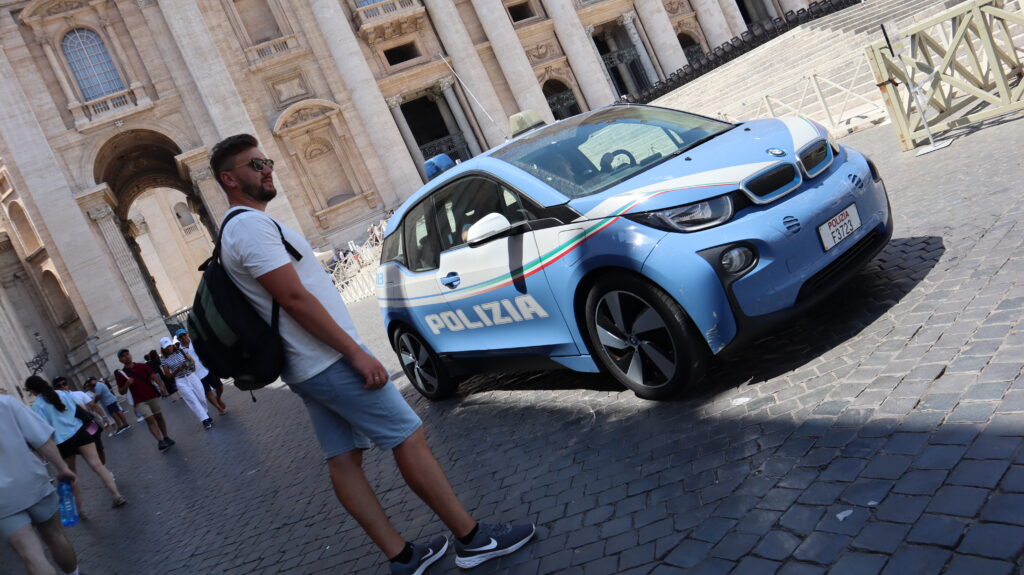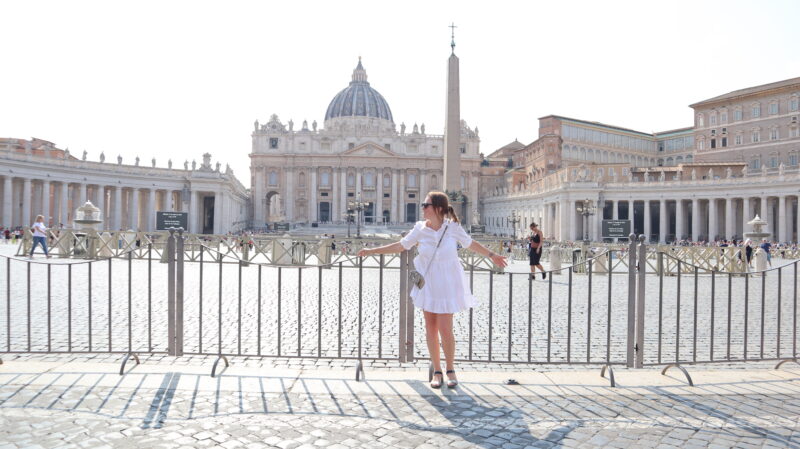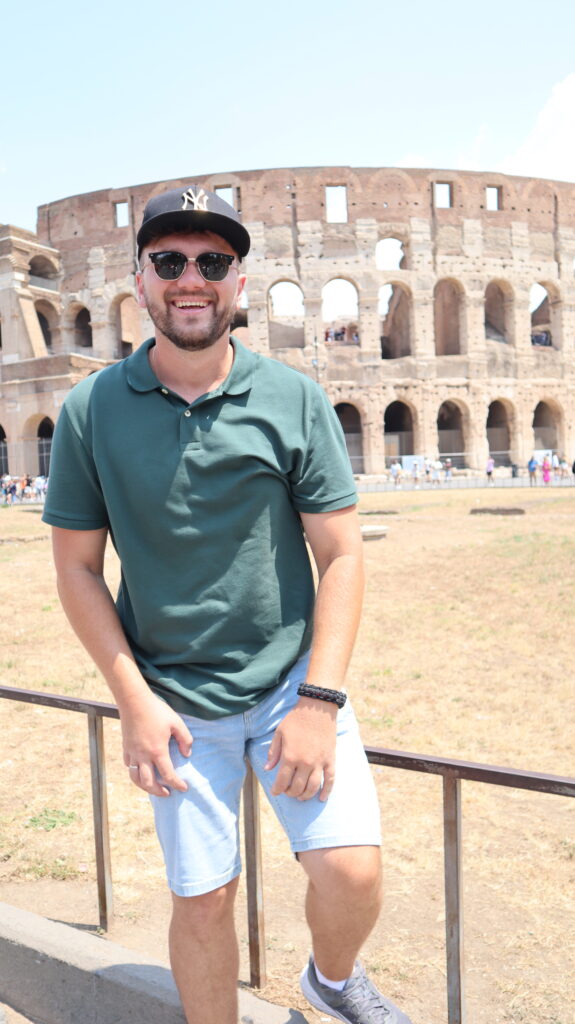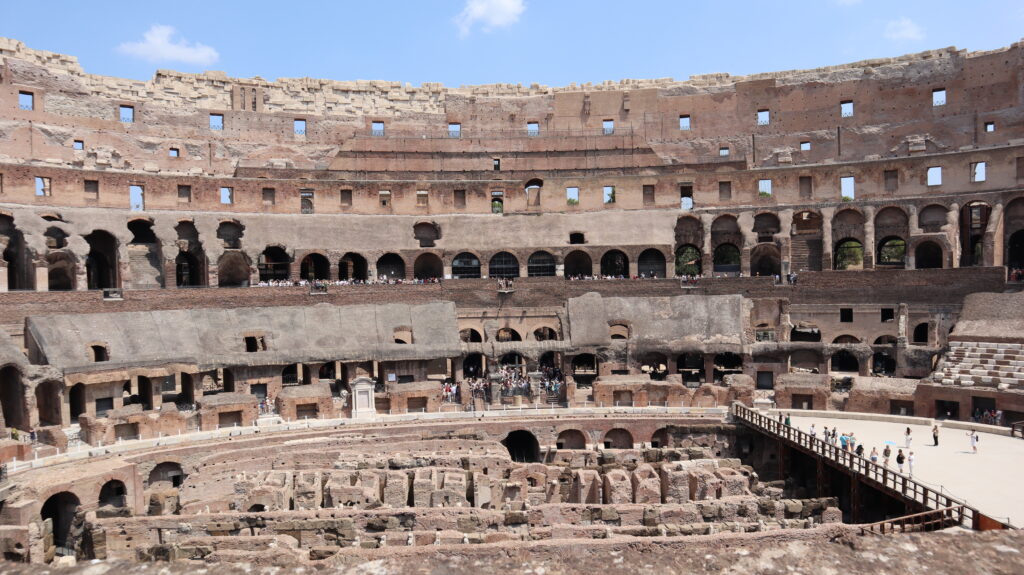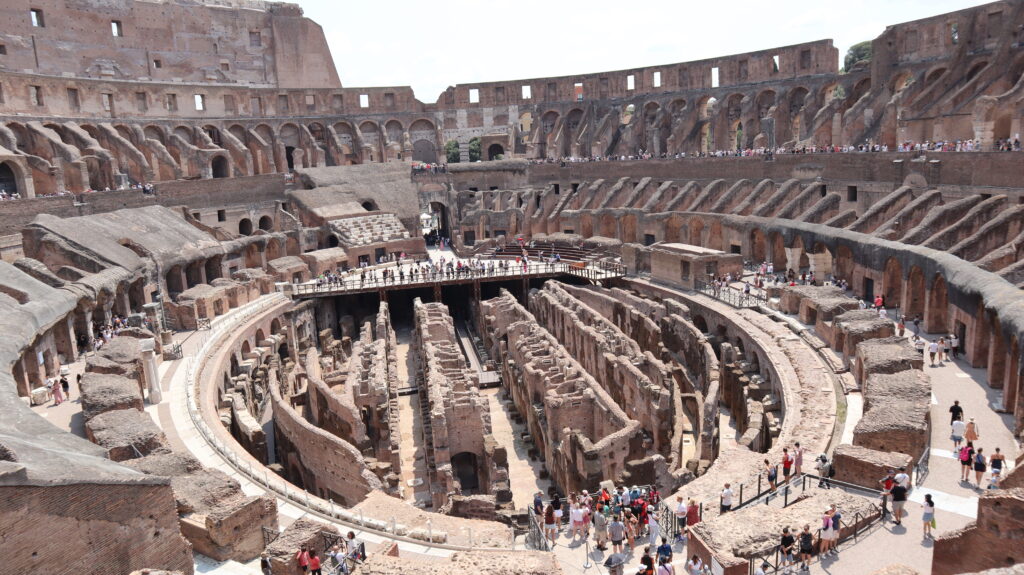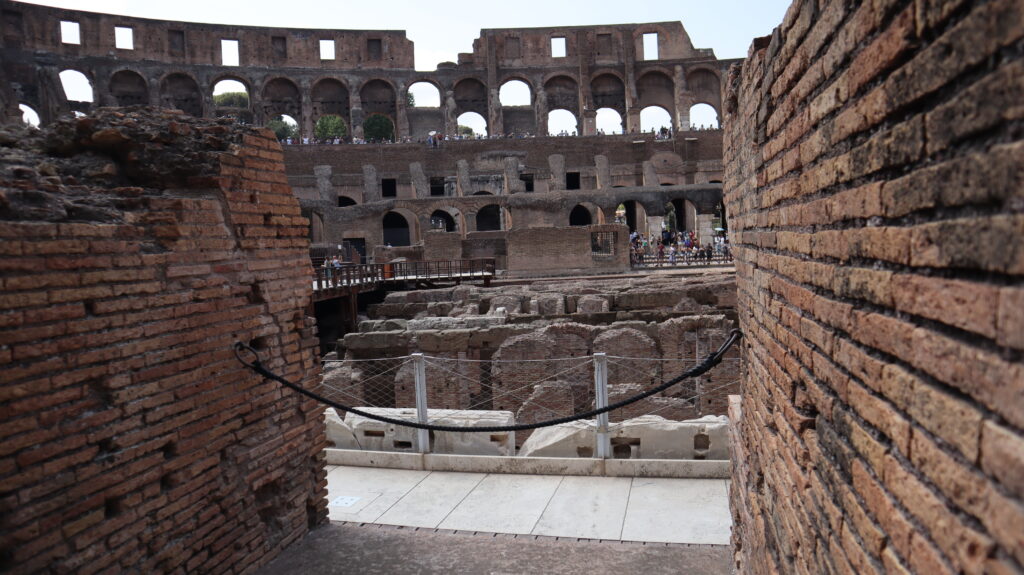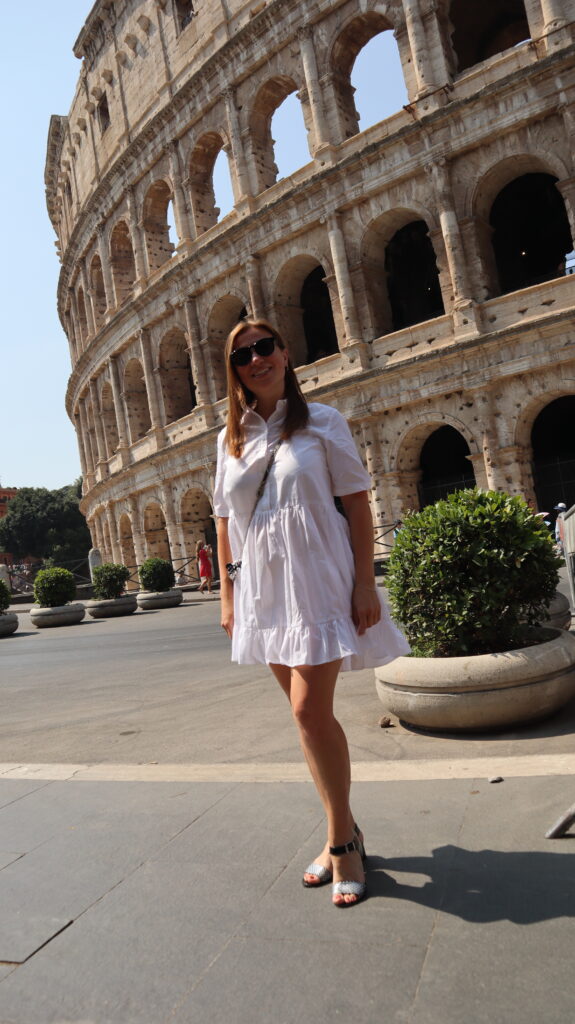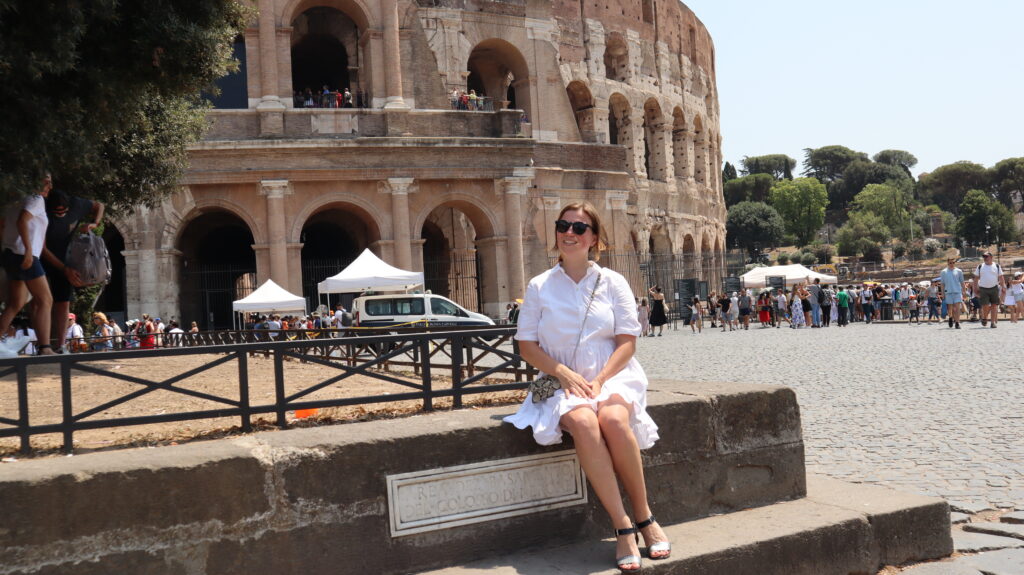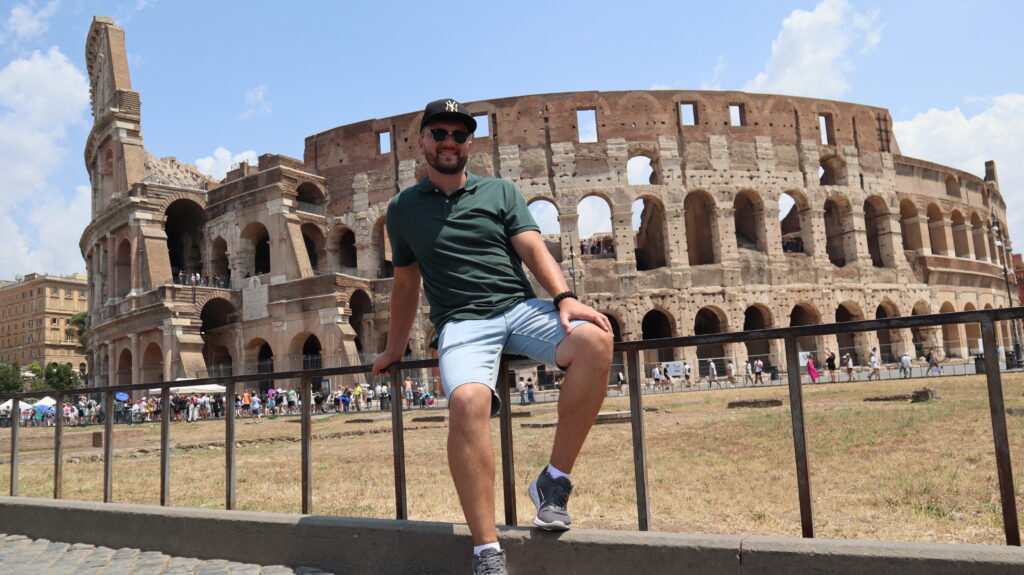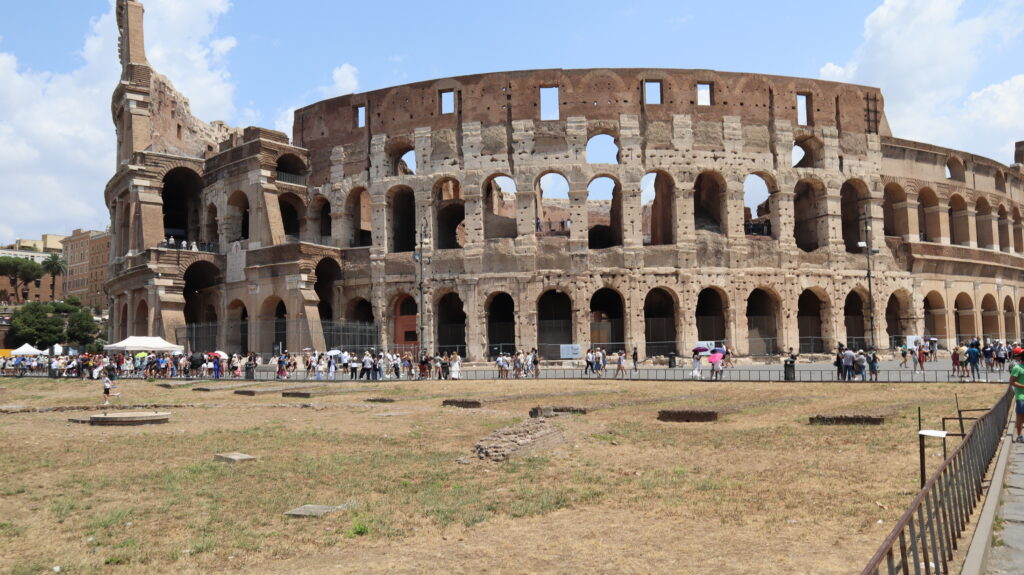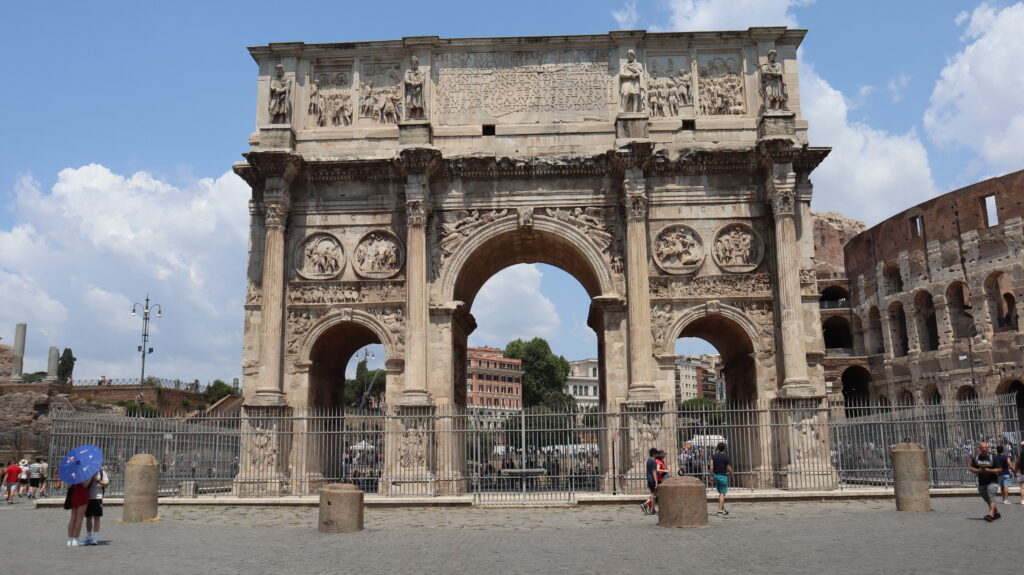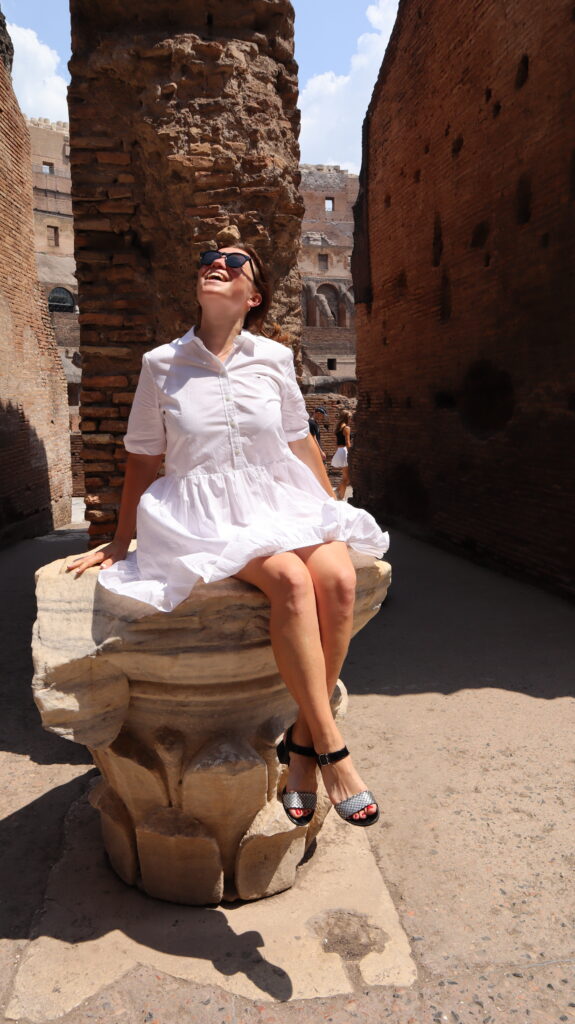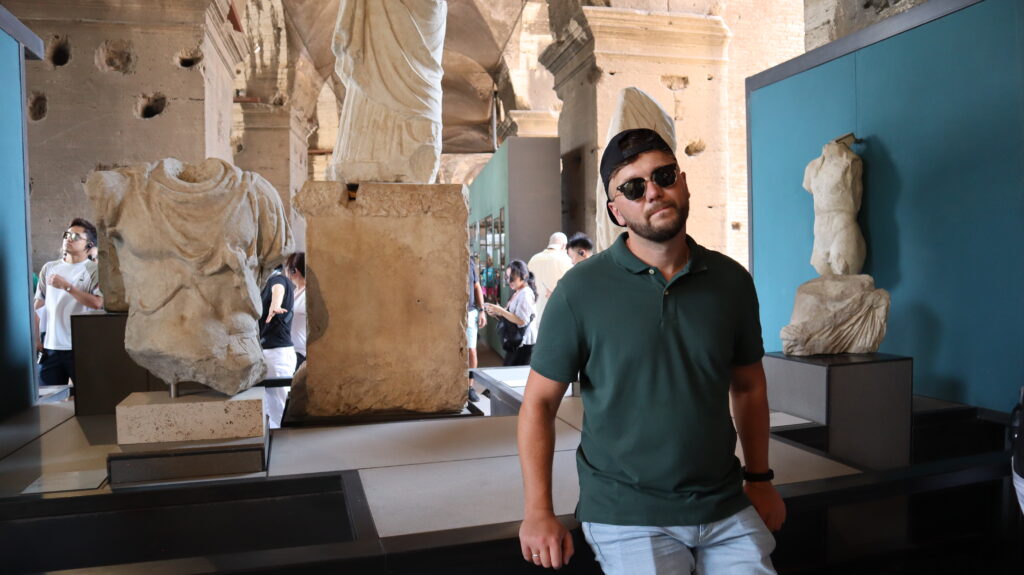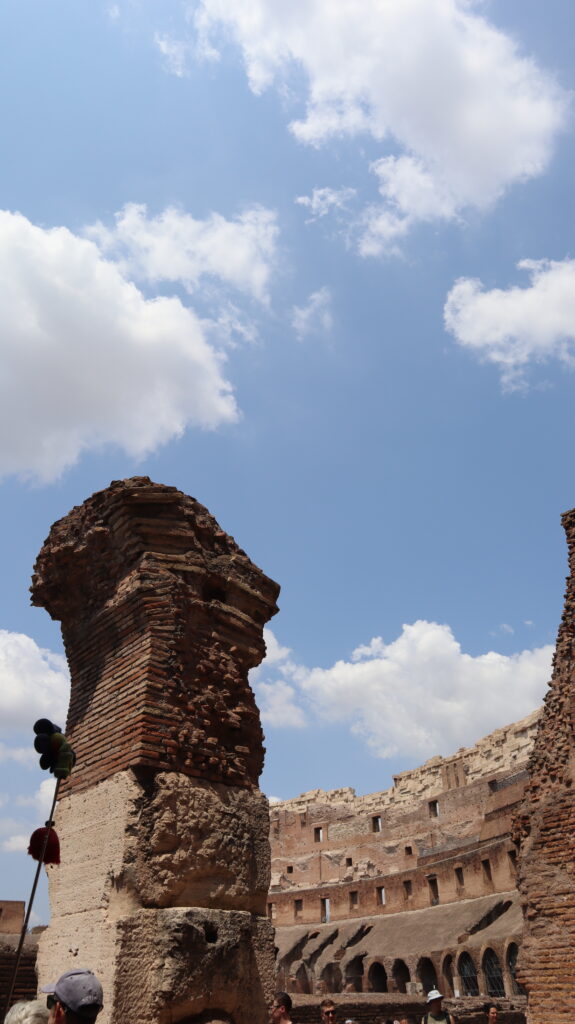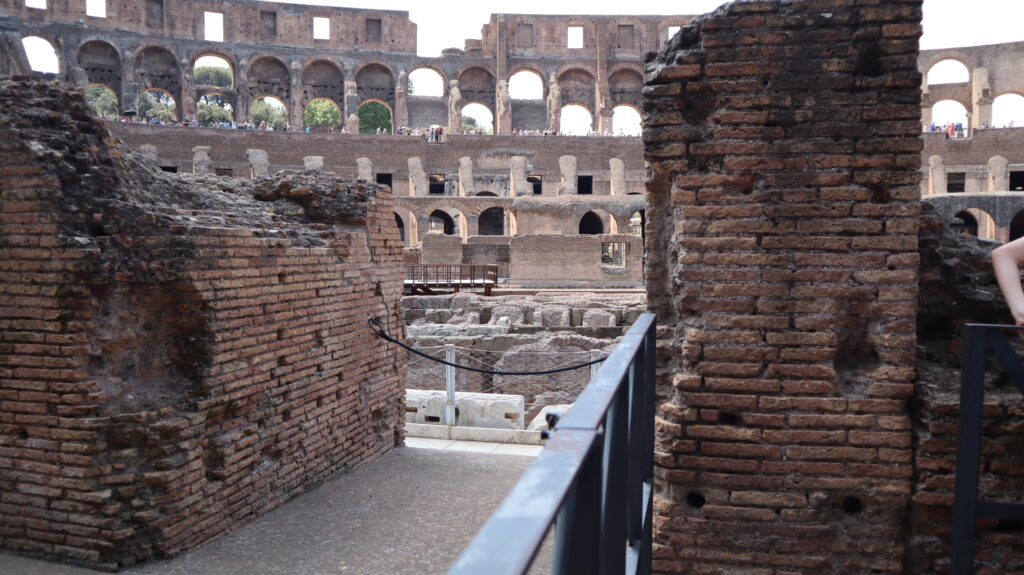The Vatican is a unique place in the heart of Rome, not far from the Colosseum, which rivals Italy’s greatest landmarks in popularity. It is the smallest country in the world, yet its cultural and religious significance is immense. St. Peter’s Basilica is one of the main pilgrimage sites for Christians, and its history stretches back centuries.
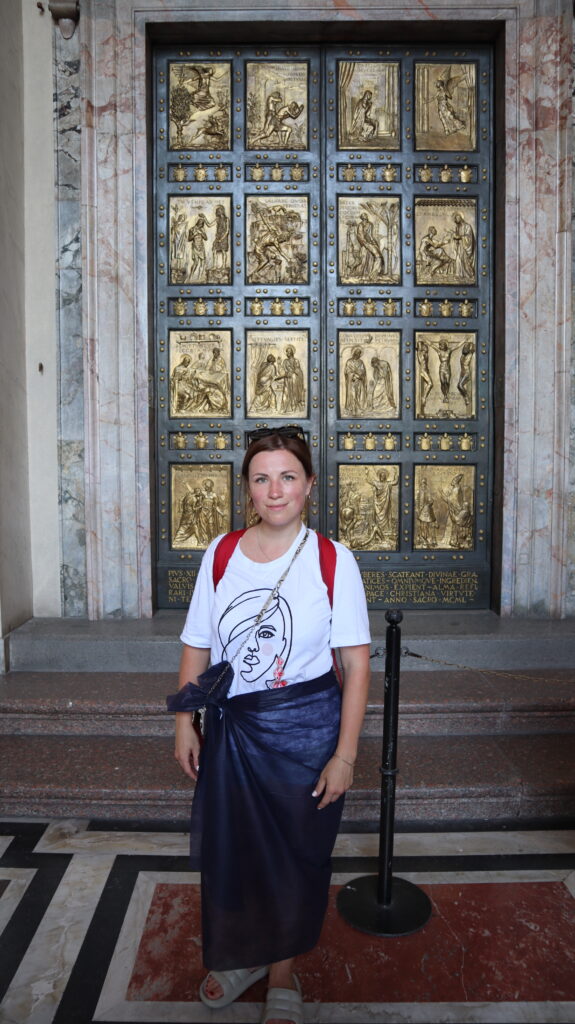
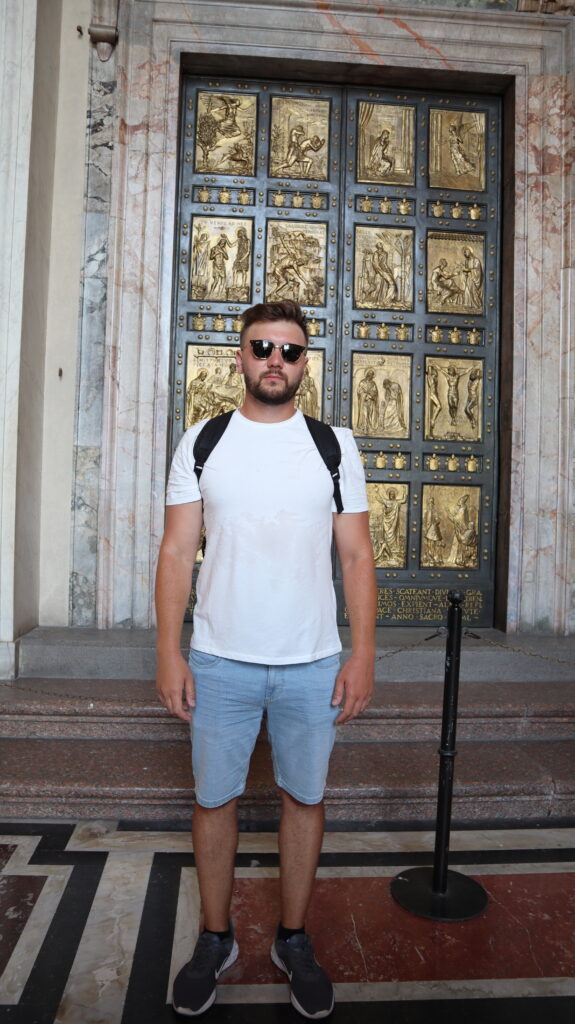
History and Architects of the Vatican
Behind the walls of the Vatican lies a grand history, embodied in its architecture and art, created by the greatest masters of the Renaissance and Baroque periods. These visionaries transformed the Vatican into an artistic masterpiece.


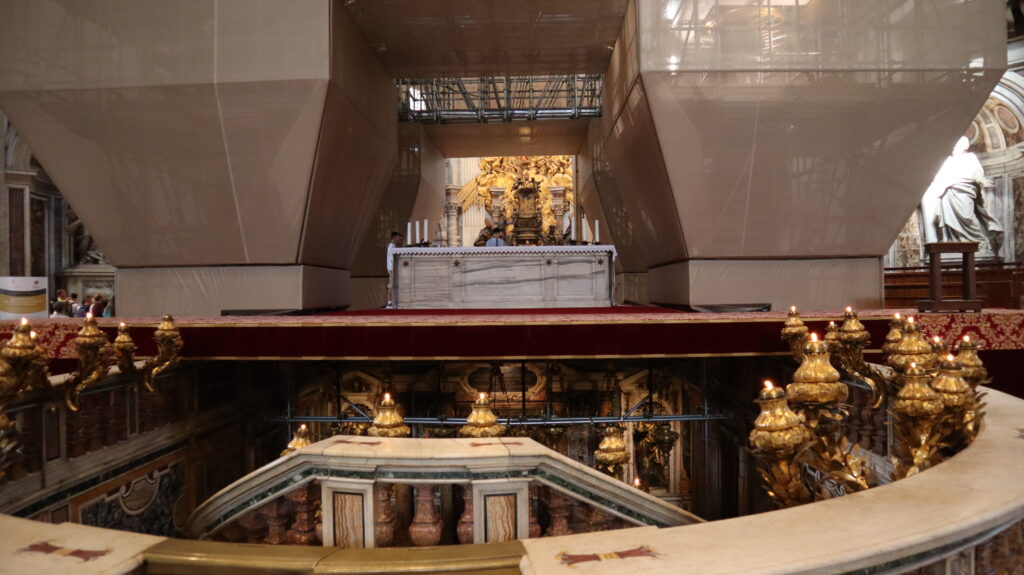
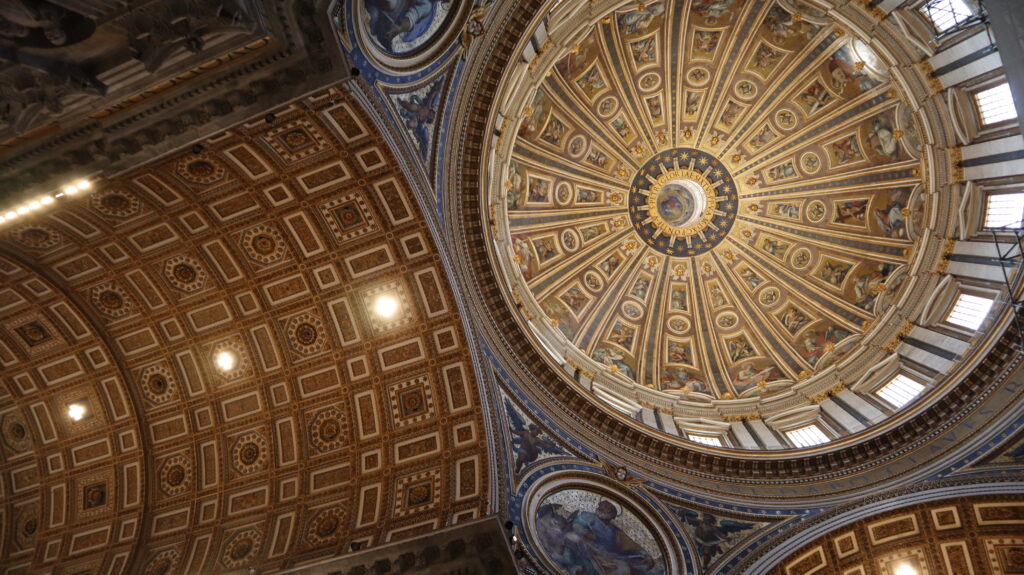

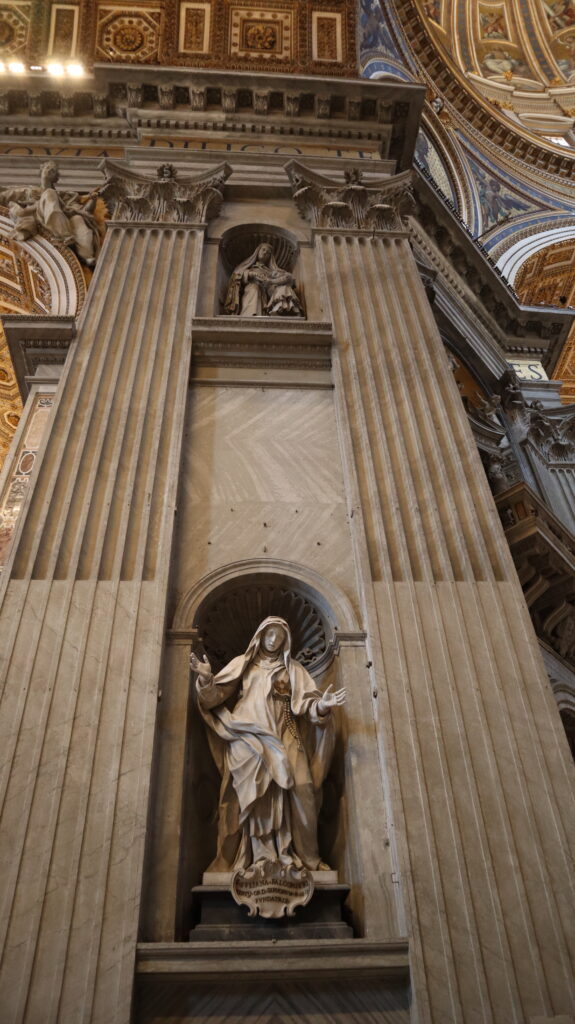

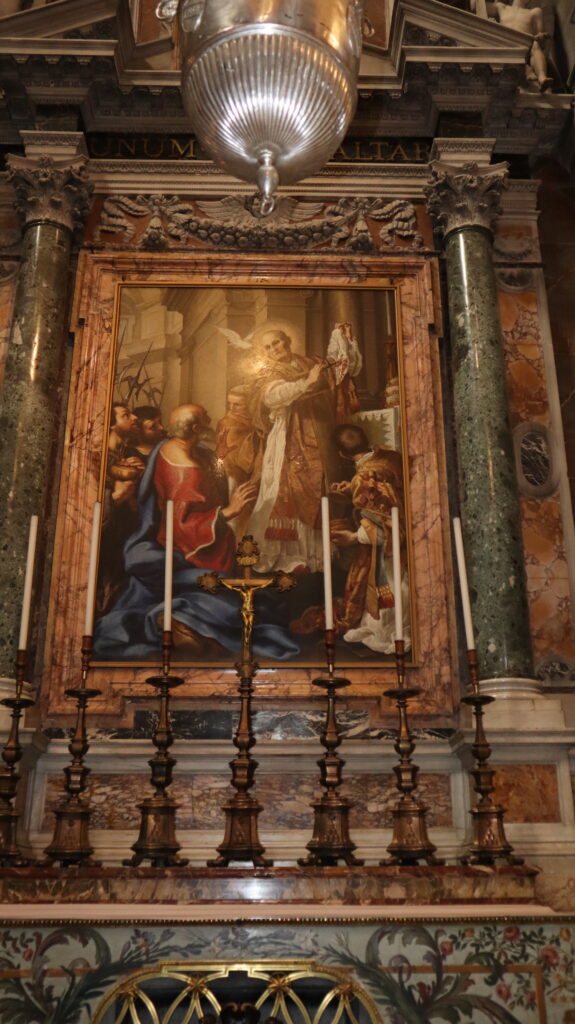
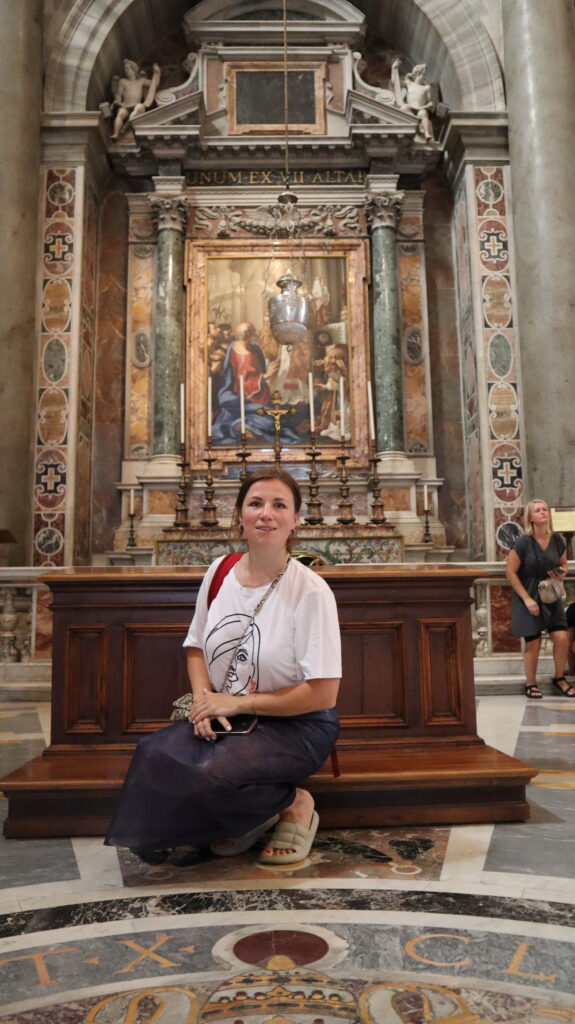
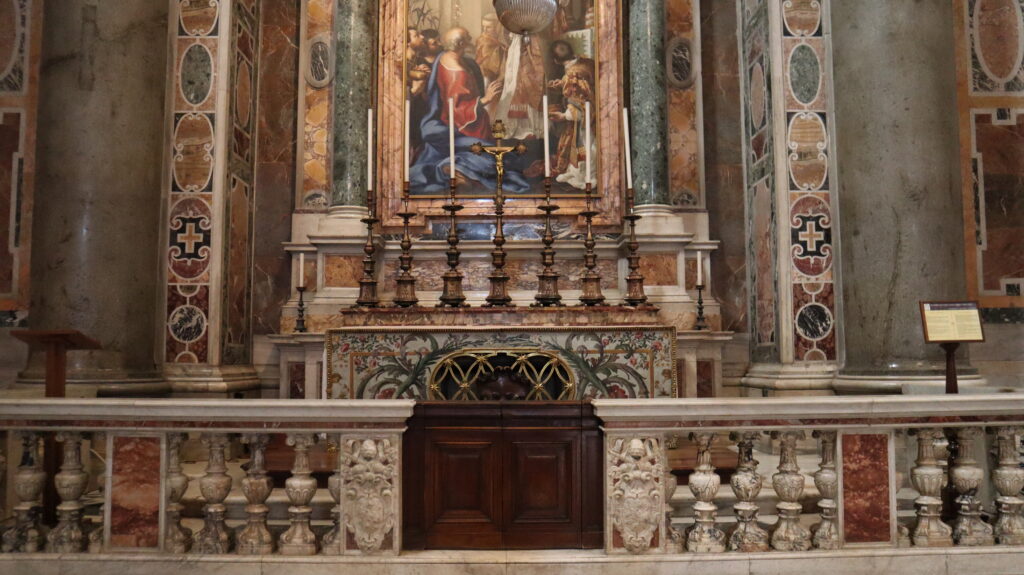
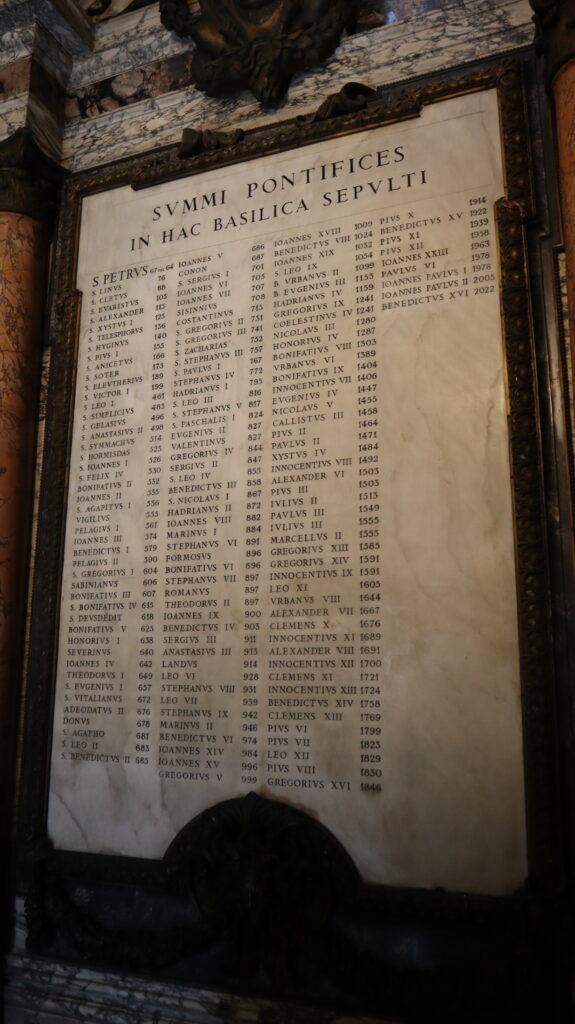



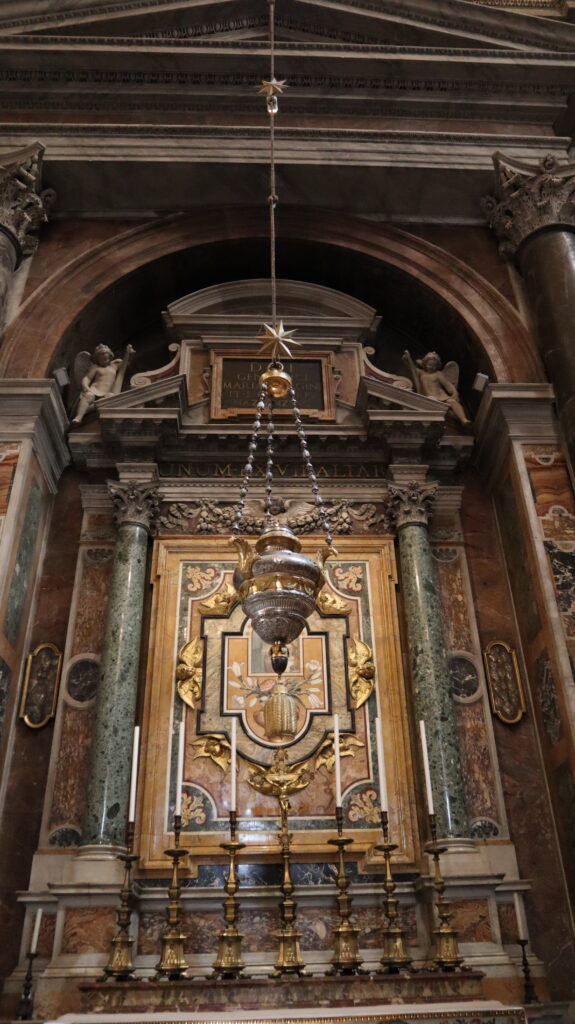
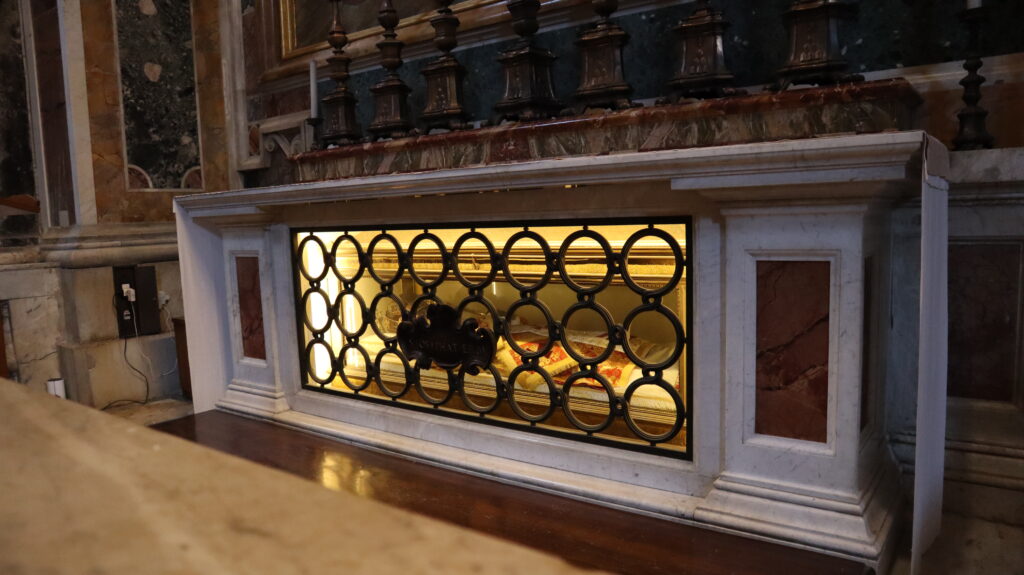

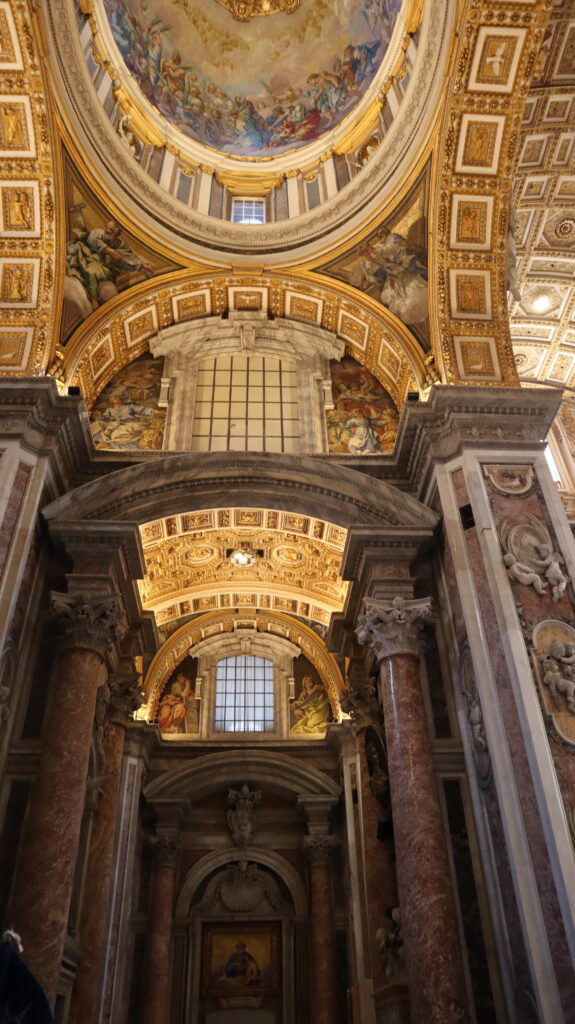
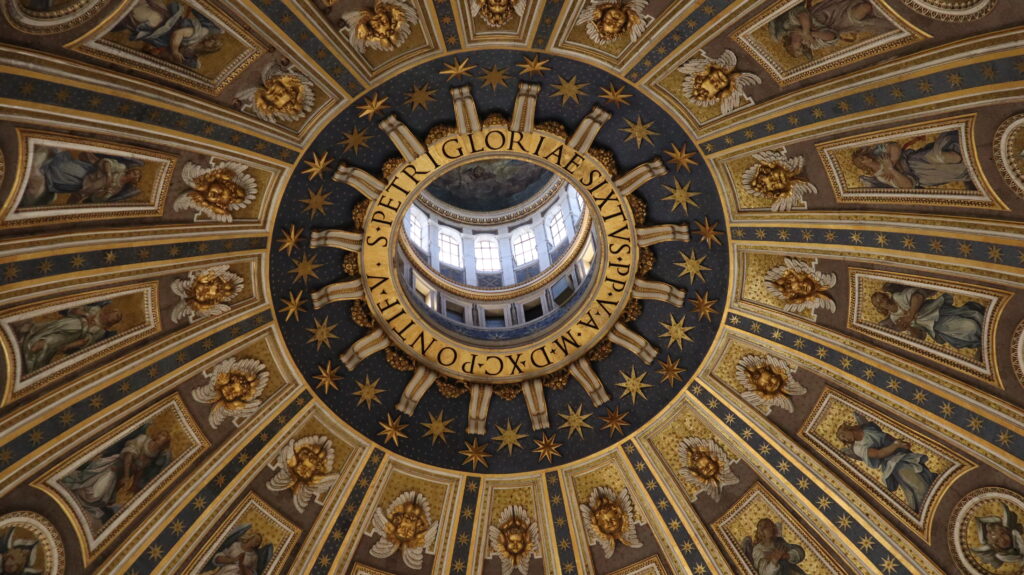


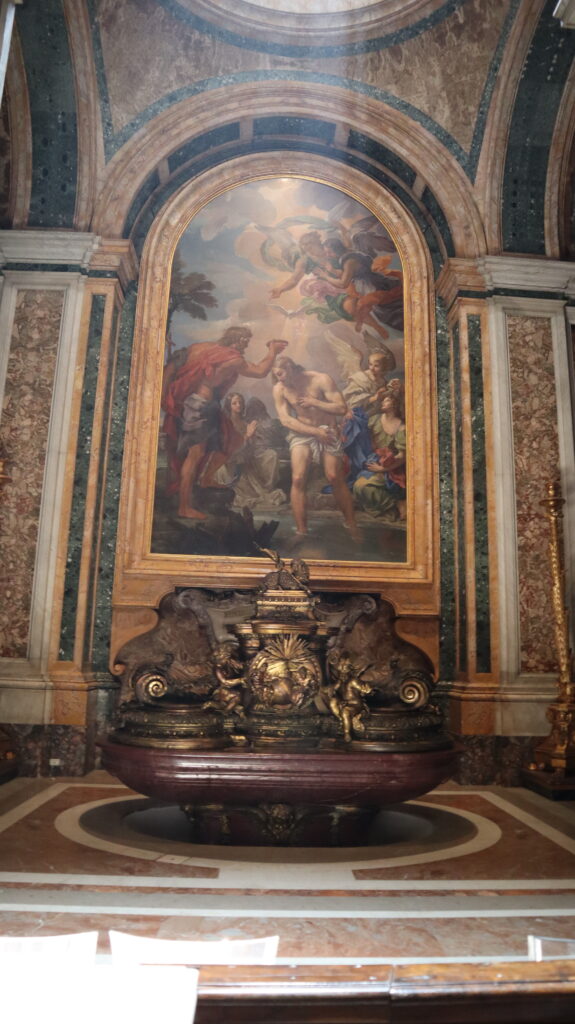
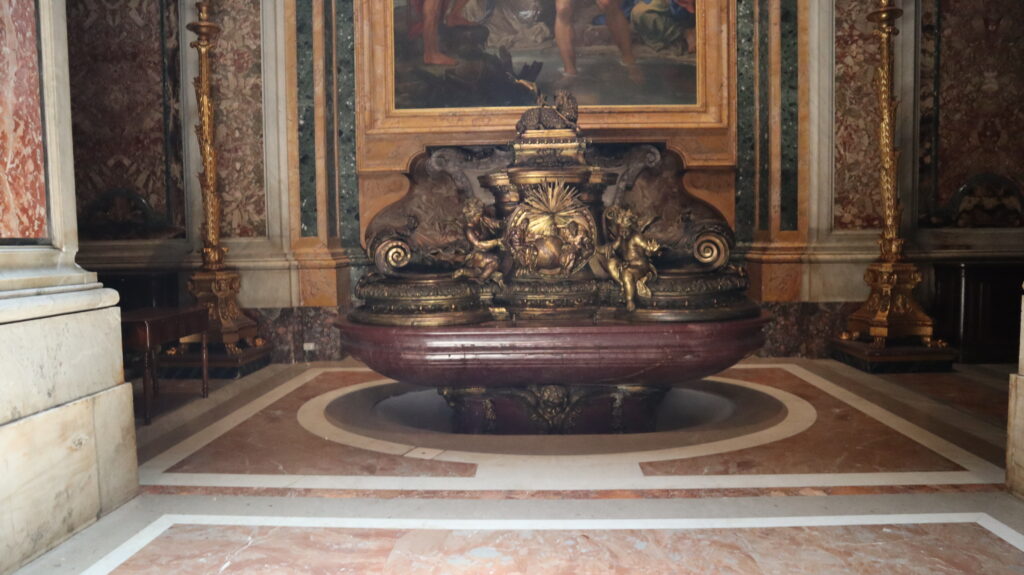
Architects and Builders:
🔹 Donato Bramante (1444–1514) – designed the initial project for St. Peter’s Basilica, laying the foundation for its magnificent dome.
🔹 Raphael Santi (1483–1520) – contributed to the design of the Vatican palaces and oversaw construction after Bramante’s death.
🔹 Michelangelo Buonarroti (1475–1564) – radically revised the basilica’s design, creating one of the most iconic domes in the world.
🔹 Giacomo della Porta (1532–1602) – completed the construction of St. Peter’s dome after Michelangelo’s death.
🔹 Carlo Maderno (1556–1629) – designed and completed the basilica’s facade.
🔹 Gian Lorenzo Bernini (1598–1680) – designed the famous colonnade in St. Peter’s Square and many interior elements of the Vatican.
Great Artists and Sculptors
🎨 Michelangelo – painted the ceiling of the Sistine Chapel (1508–1512) and created the monumental fresco The Last Judgment (1536–1541).
🎨 Raphael – created the frescoes in the famous Raphael Rooms, including The School of Athens.
🎨 Sandro Botticelli, Pinturicchio, Ghirlandaio, and Perugino – worked on the Sistine Chapel’s wall frescoes before Michelangelo.
Major Attractions of the Vatican
🏛 St. Peter’s Basilica – the principal church of the Catholic world, built over 120 years (1506–1626). It houses relics of St. Peter, one of the twelve apostles and the first Pope.
🏛 The Sistine Chapel – the Vatican’s spiritual and artistic treasure, decorated with frescoes by the greatest Renaissance masters. It hosts papal conclaves where new Popes are elected.
🏛 The Apostolic Palace – the Pope’s official residence, featuring the Raphael Rooms and some of the richest art collections in the world.
Interesting Facts About the Vatican
🔹 The Smallest Country in the World – Vatican City covers only 0.49 km² and has a population of about 800 people.
🔹 Its Own Army – The Vatican is guarded by the Swiss Guard, a tradition dating back to 1506.
🔹 Unique Postal System – The Vatican’s postal service is considered one of the most efficient in the world, with mail often arriving faster than from Rome.
🔹 The Vatican Library – One of the oldest and most extensive libraries in the world, holding around 1.6 million books and manuscripts.
🔹 Underground Catacombs – Beneath St. Peter’s Basilica lie ancient catacombs containing the tombs of many Popes and St. Peter himself.
🔹 The Vatican Issues Its Own Currency – Though the Euro is used, the Vatican mints its own coins, which are highly prized by collectors.
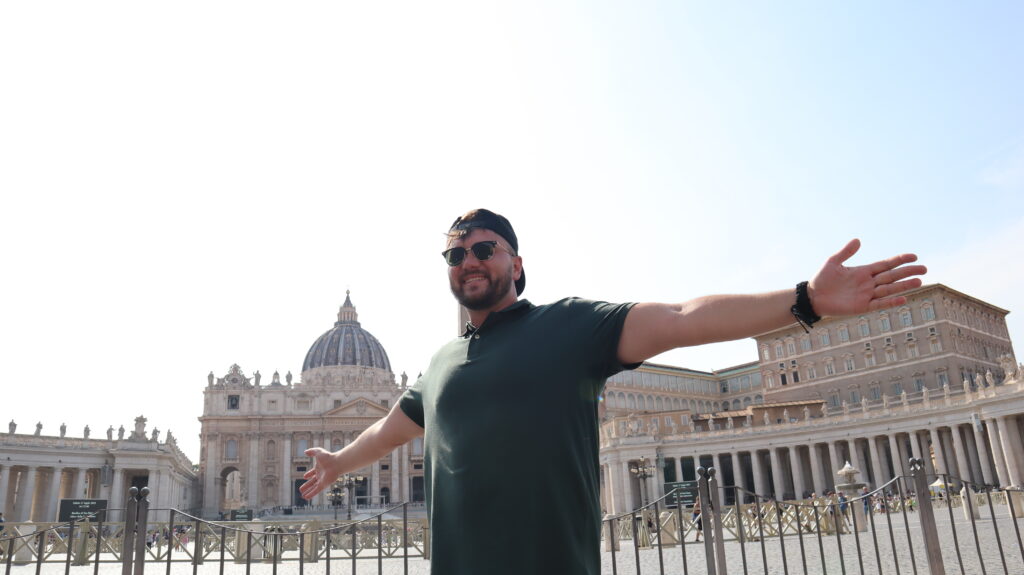
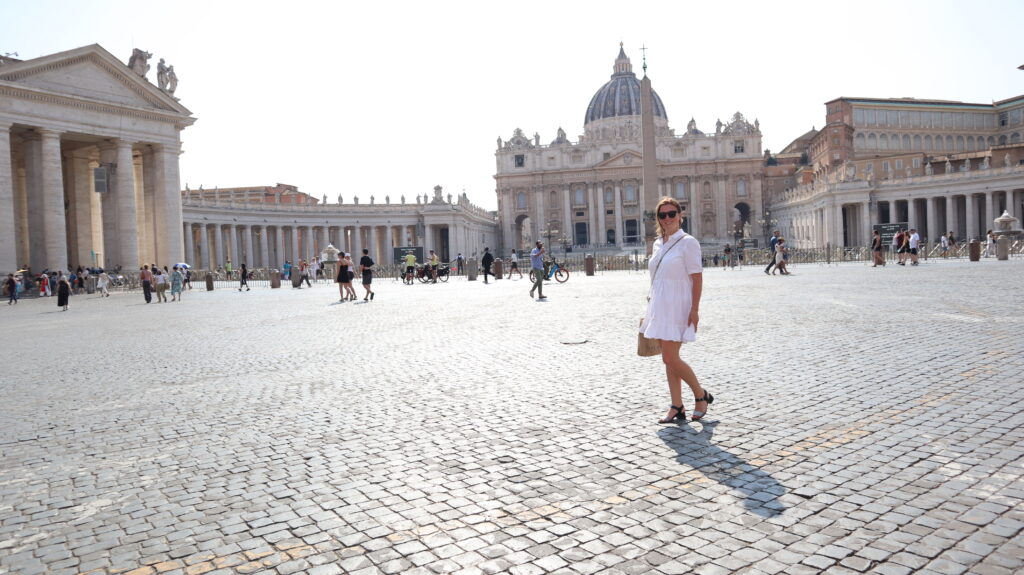
Interesting Facts About the Vatican
🔸 The Vatican Secret Archives – These archives contain documents inaccessible to the public. Some speculate they hold lost gospels, secret records of religious orders, and even information about extraterrestrial life.
🔸 The Mystery of the Holy Grail – Some theories suggest that the legendary Holy Grail may be hidden within the Vatican, but its exact location remains unknown.
🔸 Secret Underground Tunnels – Rumors persist that beneath the Vatican are hidden tunnels and bunkers designed to protect the Pope in case of emergency.

Modern Life in the Vatican
Today, the Vatican is not only a spiritual center but also a fully functioning state with its own economy, press service, and even a football team. It hosts major events, including Christmas Mass and Easter services, which attract thousands of believers from around the world.
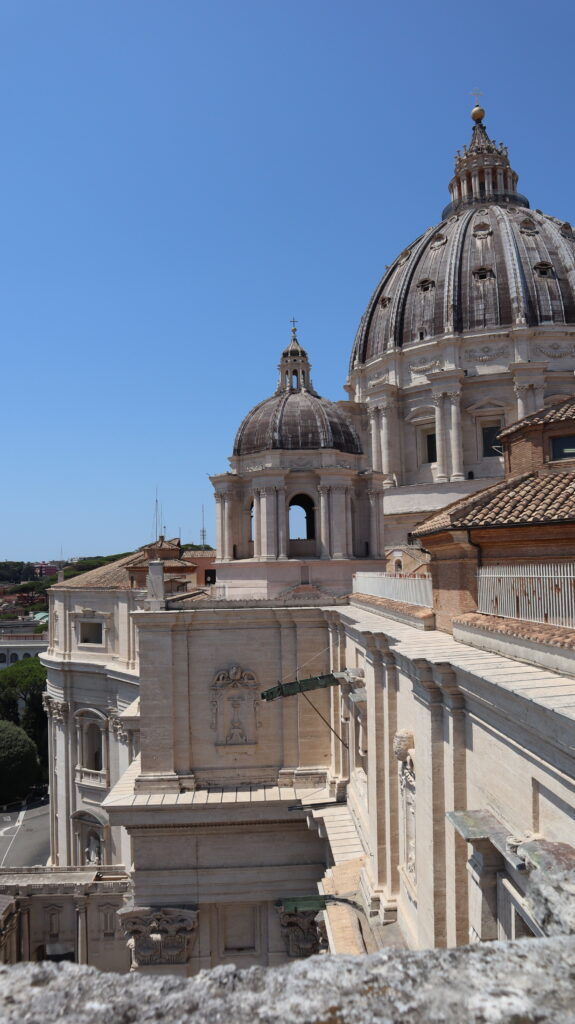
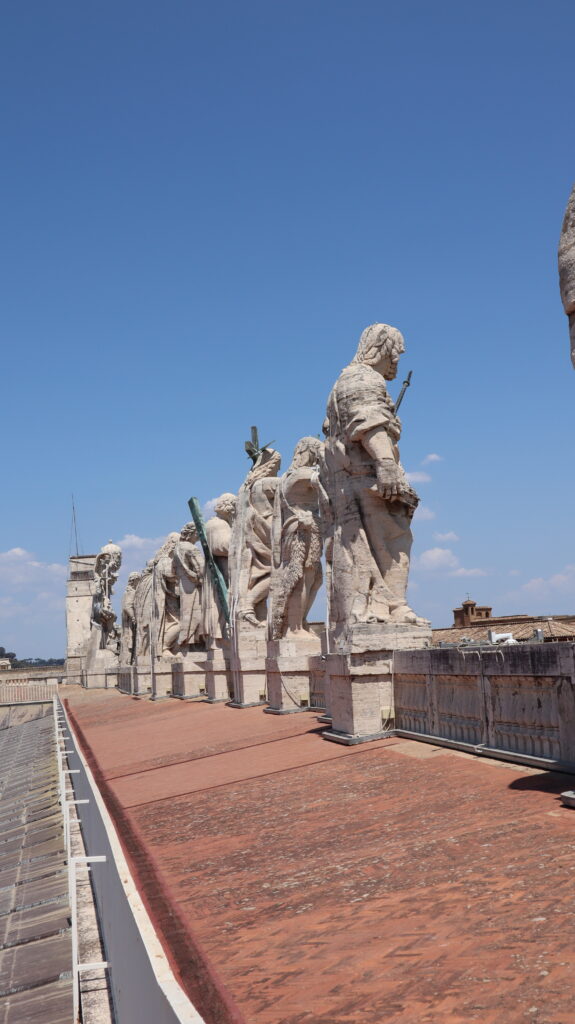

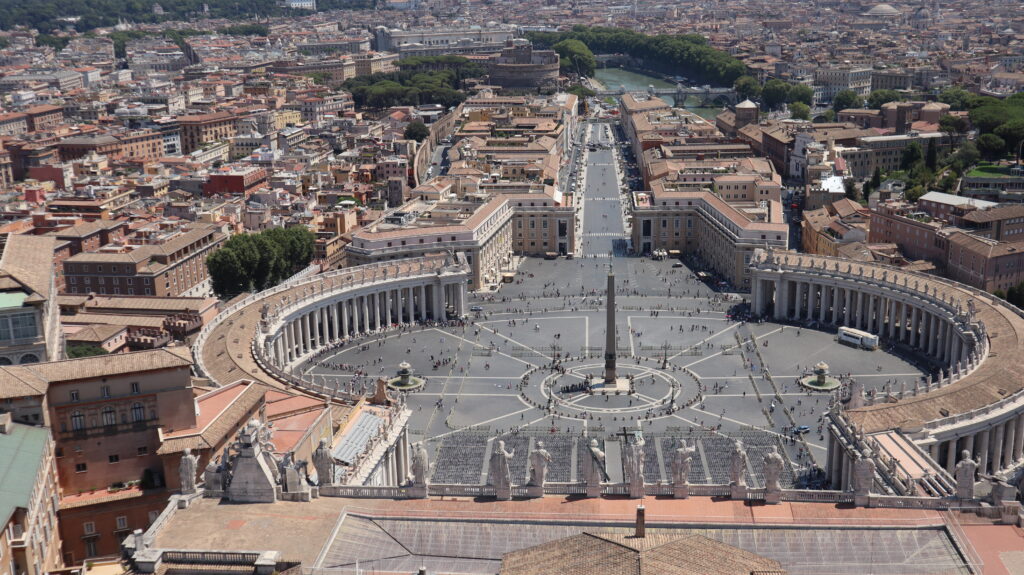


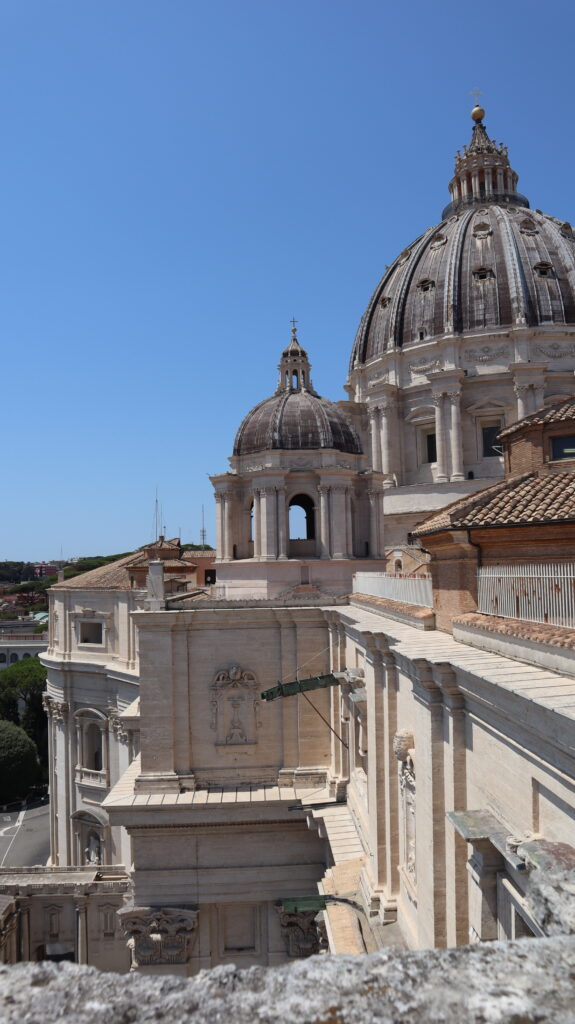
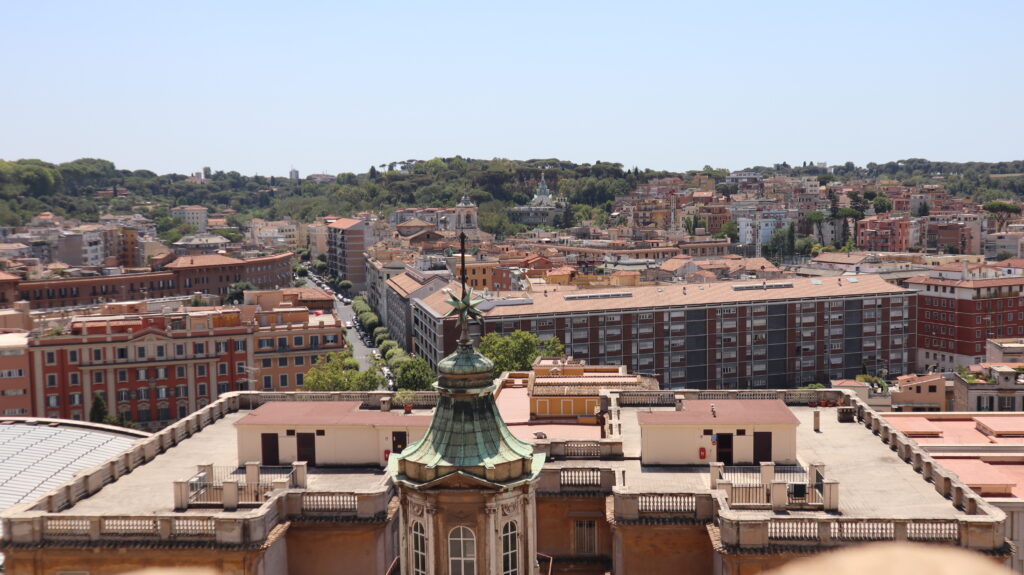
Exclusive Experiences in the Vatican
✔ Attend a Papal Audience – Every Wednesday, visitors can see the Pope in St. Peter’s Square.
✔ Climb to the Dome of St. Peter’s Basilica – Enjoy breathtaking views of Vatican City and Rome.
✔ Send a Postcard from the Vatican – The Vatican’s postal stamp makes for a unique souvenir.
✔ Buy Exclusive Vatican Coins and Stamps – Rare collectibles only available here.
✔ Explore the Vatican Gardens – A guided tour of the beautifully manicured gardens, accessible by appointment only.
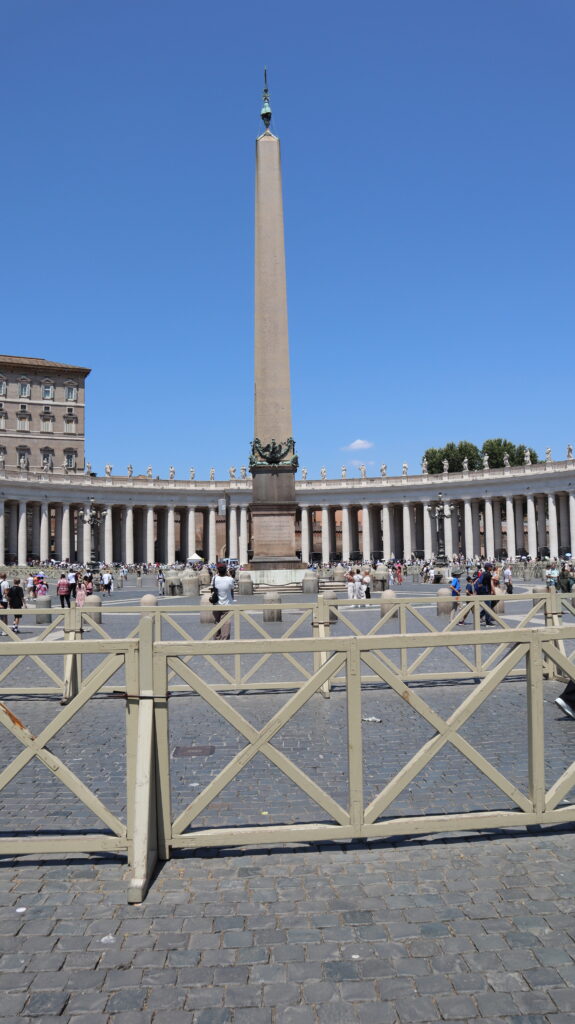
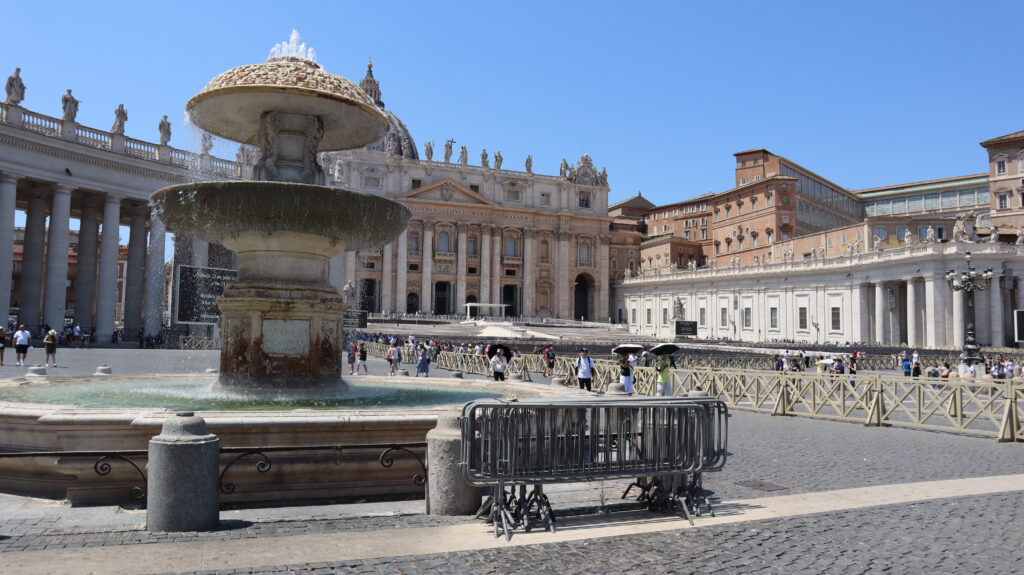
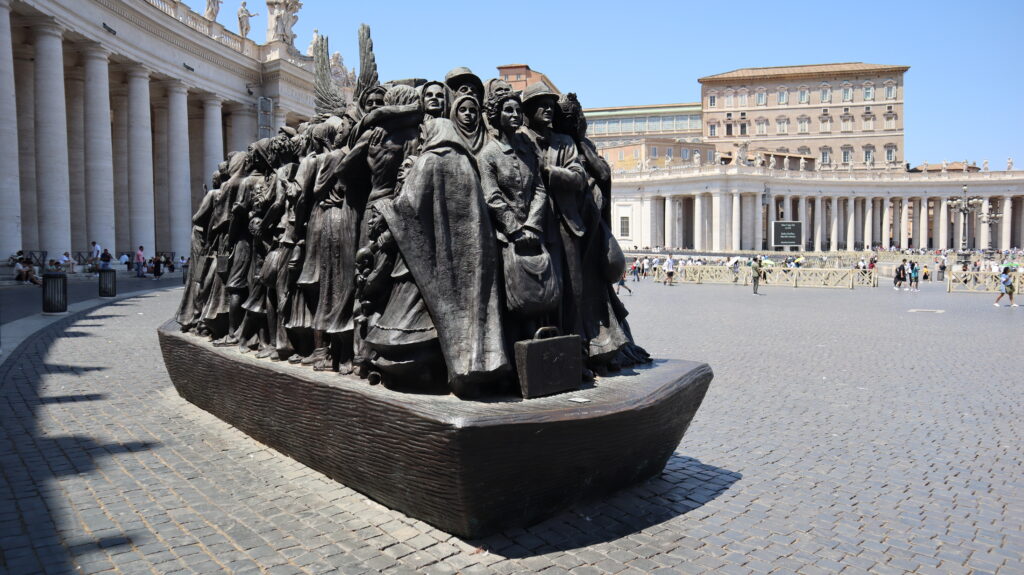



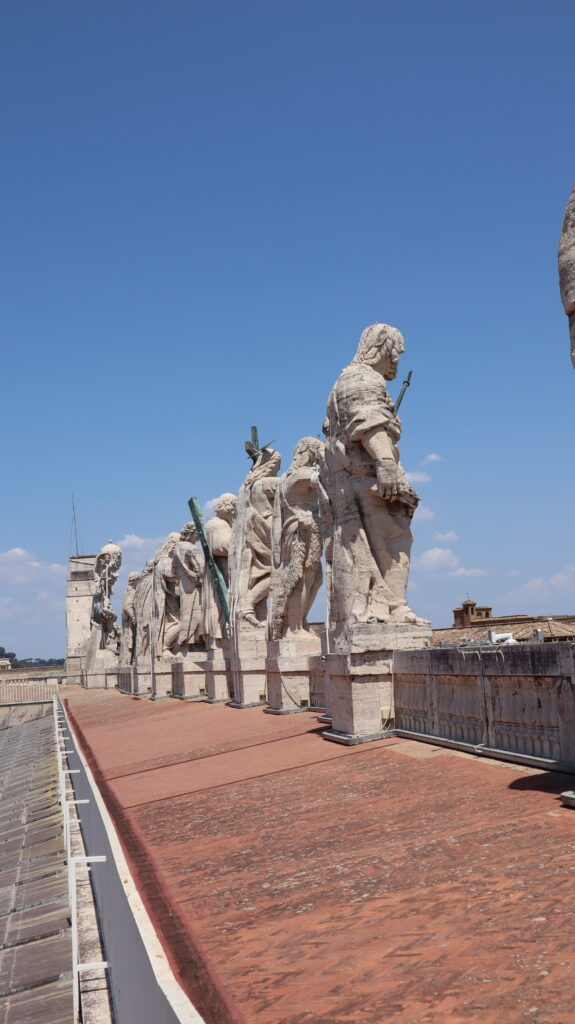

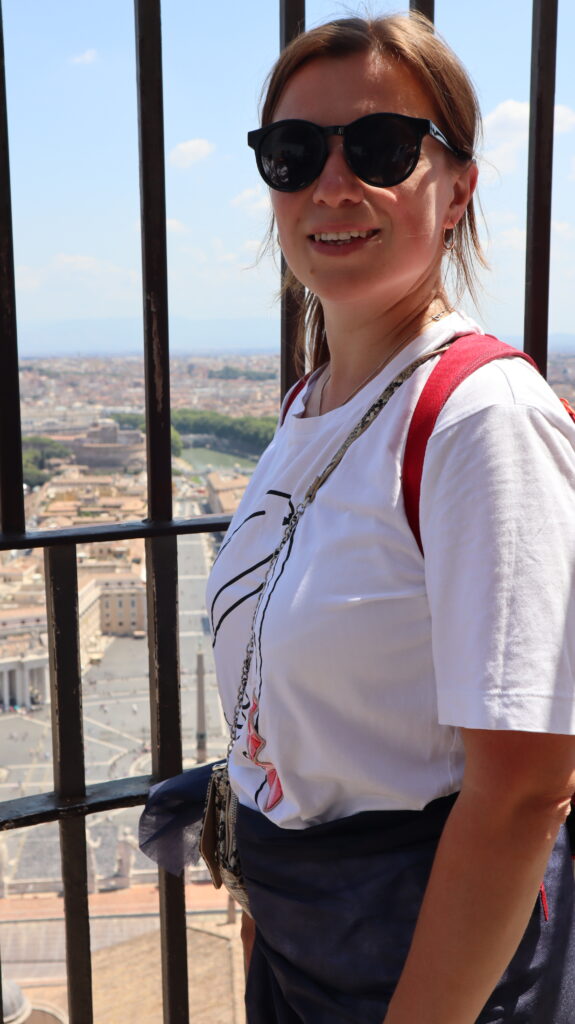
How Much Time Do You Need for a Visit?
To fully experience the Vatican and see its main attractions, one day is usually enough. However, if you want to explore the museums in detail, consider allocating additional time.
Every detail in the Vatican is a masterpiece infused with centuries of history and spiritual depth. The Vatican is not just a place to visit—it is an experience to immerse yourself in.
